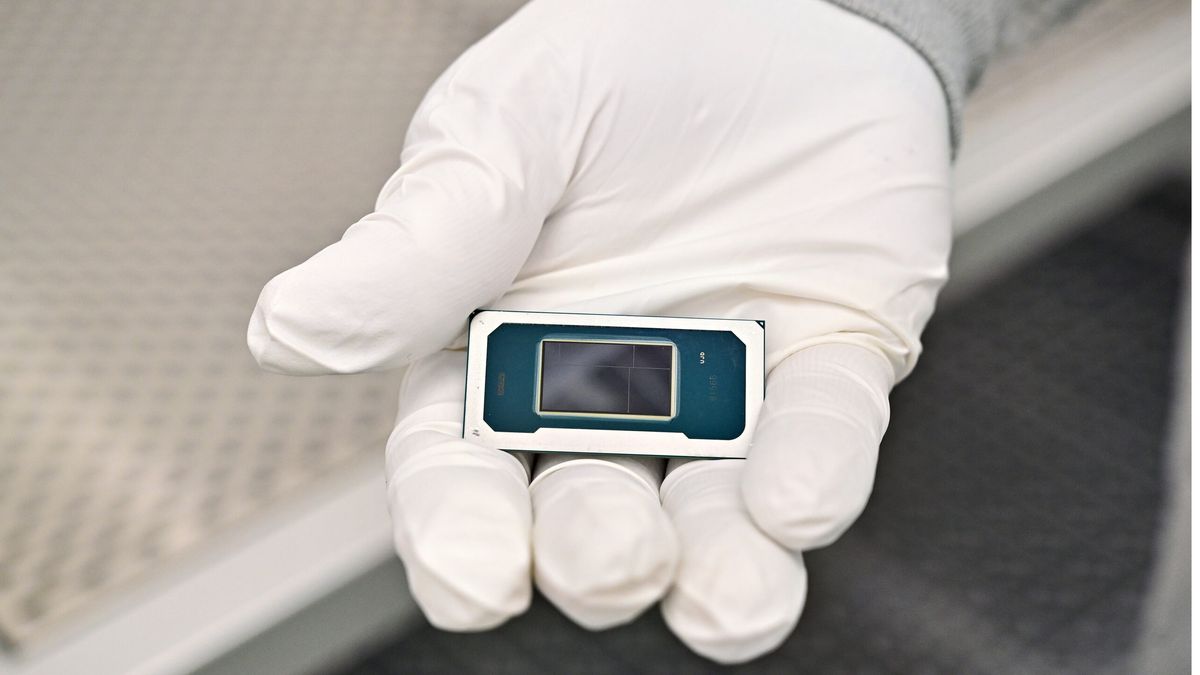Elon Musk’s SpaceX launched its 475th Falcon 9 rocket from Cape Canaveral, Florida, on Wednesday, delivering yet another batch of Starlink satellites to space. This workhorse is far and away the most-launched American orbital rocket in history, and it won’t be slowing down anytime soon.
SpaceX aims to more than double the number of Falcon launches from Cape Canaveral Space Force Station, increasing from 50 to 120 per year. To do this, the company has asked the Federal Aviation Administration (FAA) to modify its license and allow it to construct a new first-stage booster landing zone.
This could result in an average rate of one launch every three days from this site alone, the Indian River Lagoon Roundtable wrote in a recent letter to the FAA. This local environmental advocacy group is one of several sounding the alarm on SpaceX’s proposal.
In response to SpaceX’s license modification request, the FAA has been evaluating the emissions released by Falcon 9 rockets when they fire during launch and booster landing. In March, the agency released a draft environmental assessment finding that increasing Falcon launches would not significantly impact Cape Canaveral’s wildlife or habitat.
But these environmentalists disagree. In letters sent to the FAA—which accepted public comment on SpaceX’s proposal through Thursday—advocacy groups highlighted multiple potentially harmful impacts, Florida Today reports.
Both the Indian River Lagoon Roundtable and the South Atlantic Fishery Management Council (SAFMC) warned that 120 launches per year could pollute the water, air, and soil. As these pollutants bioaccumulate in fish, it “could lead to the fish being inedible and therefore unsellable by fishermen,” SAFMC wrote.
Audubon Florida told the FAA that launch activities could reduce opportunities for prescribed fire management. Many plant and animal species in Cape Canaveral are fire-adapted, as this area has one of the highest rates of lightning strikes in all of North America. Over the last decade, controlled burns have played an essential role in preserving and improving habitat for threatened species such as the scrub jay, a songbird species that Audubon Florida specifically named in its letter.
The FAA plans to incorporate these perspectives into a final environmental assessment. But its draft assessment states that hazardous materials and solid wastes generated by SpaceX would be handled in accordance with all federal, state, and local regulations, including Cape Canaveral Space Force Station’s mandates.
Falcon launches have become routine in the Sunshine State. Last year, Florida’s Space Coast—which includes both Cape Canaveral Space Force Station and Kennedy Space Center—hosted a record-setting 93 launches, the majority of which were by SpaceX.
In addition to ramping up Falcon’s launch schedule, SpaceX plans to invest at least $1.8 billion to bring Starship to Florida by 2030, Governor Ron DeSantis’ office said in a February statement. Currently, this heavy-lift rocket launches from the company’s headquarters in Boca Chica, Texas.
Over the last year, environmental groups have scrutinized SpaceX’s impact on Boca Chica, pointing to pollution, habitat destruction, wildlife endangerment, and other concerns. “Experimental activity of this magnitude has no place in South Texas, where rare and threatened plants and animals cling to survival,” Defenders of Wildlife wrote of Boca Chica last October.
Some Floridians are understandably worried that Starship will exacerbate these issues in their state, too. SpaceX is developing two potential launch sites for this heavy-lift rocket in Florida, one at Kennedy Space Center and the other at Cape Canaveral, Reuters reported in March.
During a virtual public FAA hearing on May 8, clean-water activist Toni Shifalo of Titusville, Florida, said: “I have no problem, really, with the Falcon 9s. But I worry when Elon Musk wants to bring the Starship from Texas,” according to Florida Today.
Shifalo pointed to increased exhaust trails and possible industrial wastewater discharges threatening Indian River Lagoon, Florida Today reports. This lagoon is already facing changing water flow patterns, habitat loss, degraded water and sediment quality, and losses of native species, according to the Indian River Lagoon Species Inventory.
Gizmodo reached out to the FAA and SpaceX for comment. The FAA pointed to its draft environmental assessment and the transcript of the May 8 public meeting. SpaceX did not respond by the time of publication.
As Cape Canaveral becomes an increasingly critical hub for the country’s rapidly growing space economy, it appears that environmentalists will push for more scrutiny of the industry’s environmental impacts.









 English (US) ·
English (US) ·